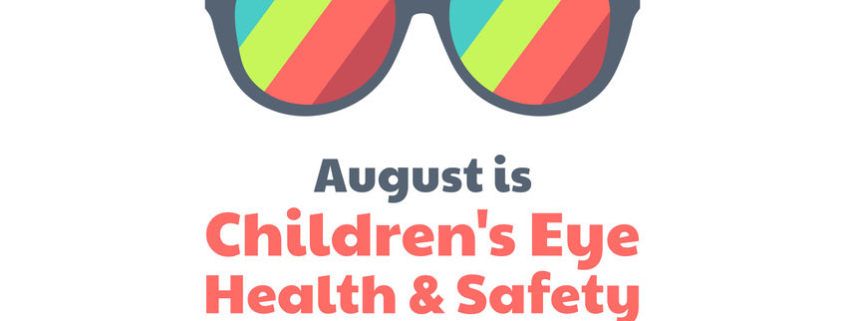The Importance of Children’s Eye Health
By Mitchell Ducett, DO | Family Medicine PGY-1
August is Children’s Eye Health and Safety Month and the perfect time to share one of the most common conditions of pediatric eye health, strabismus. Strabismus is the fancy medical term for when eyes don’t naturally look at the same place. This is also known as lazy eye and can cause issues like double vision that can negatively affect your child.
Tips to help children with eye health
- Make sure you attend all your child’s well-child appointments, and all follow-up appointments with your family doctor or pediatrician to catch this issue early on.
- Always feel comfortable asking your child’s doctor questions and telling them concerns like if you see something “funny” with the movement of your child’s eye. You know your child best!
- If either parent had a lazy eye or was crossed eye, your child has a higher risk. Tell your child’s doctor of a family history of eye or vision issues.
- Does your child bump into things when they are walking or crawling? That could be a sign that they have vision issues that you should talk to their doctor about.
- The sooner you have it diagnosed, the better! Knowing if there is a problem and addressing it will help your child’s vision and development.
- Treating a child can prevent amblyopia – where the brain favors the “good eye” making the lazy eye even worse. Half of children with a lazy eye will develop amblyopia, which is still treatable. But the sooner, the better!
- Treatments usually include eyeglasses, visual exercises, and/or an eye patch over the “good eye” to increase the use of the other eye. Occasionally, surgery is needed on the muscles in the lazy eye that help it move.
The best way to help your child with their eye and vision health is to catch it early. Knowing these signs and learning a few more here, will help parents, family, and any babysitters or caregivers. Vision and eye health is so important to their overall development, so keep an eye on your child’s eyes!





